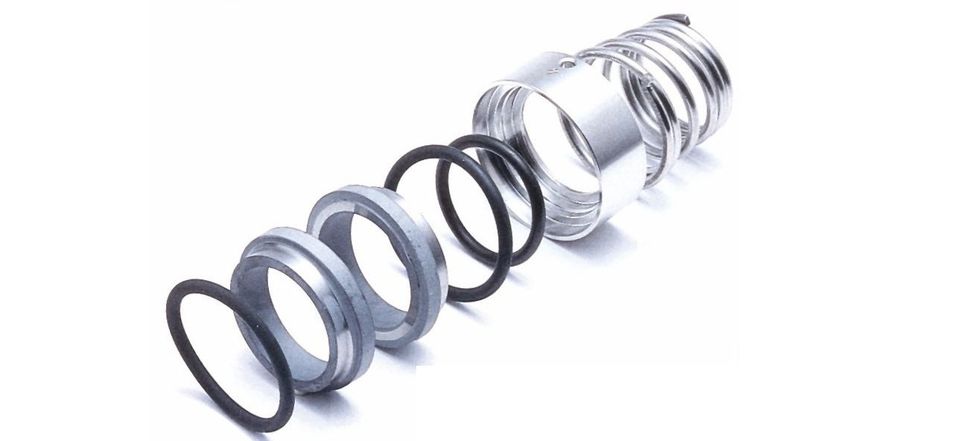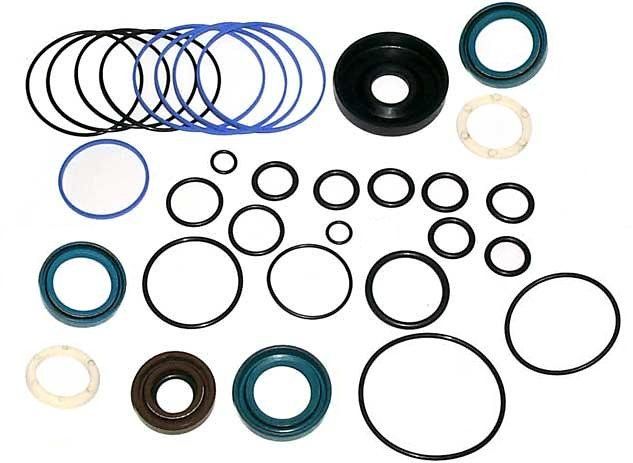What Is An O-Ring?

Some inventions simply change history forever and the patent of the O-ring in 1896 (by Swedish born J.O.Lundberg) did just that.
So what is an O-ring? It is a circular shaped loop made of either elastomer (a flexible polymer) or metal which prevents the passing of liquids or gases and has a wide range of applications. This is known as a “gasket”, also called a packing or a toric joint. It is the undersung hero of the mechanical and engineering world, one of the most simplest and yet fundamental designs used by machinery worldwide for over 100 years years.
An O-ring works in conjunction with a mechanical “gland”, these two pieces of hardware are designed to work together so that the O-ring can do its job perfectly. The O-ring sits in a groove within the gland.
How Does An O-Ring Seal?
When two pieces of hardware are mated together the O-ring sits between them both. In the instance of the elastomer O-ring, as the gas or liquid being fed through the two joined pieces and pressure begins to build the flexible material of the O-ring is pushed outward toward the join of the materials preventing the liquid or gas from escaping; this ensures the optimal and often safe passing of the liquid or gas.
In the case of the metallic version of the O-ring a similar action occurs with the resultant expansion seeing the O-ring vulcanised and compressed with the metallic gland material to prevent high pressure gases and liquid from escaping.
Do O-rings Have Any Limitations?
Yes they do and they are not to be considered to be the only solution for every application requiring the effective passage of liquid or gas sealing.
High rotary speeds, particular for those 1,500 feet per minute and above may need an additional or alternative solution.
When two materials are joined together the correct size and fitting of the O-ring is imperative for a good passage of the liquid or gas within the gland, if the O-ring is not the correct one for the application then failure may occur.
O-rings are made from different materials and these are manufactured to be compatible with certain temperatures, pressures and chemical fluids. The incorrect selection of an O-ring once again could see failure of the unit.
Notably the Space Shuttle ‘Challenger’ disaster in 1986 was caused by a failure of O-ring. This was caused by cold weather affecting the O-ring prior to launch, this drastic change in lower temperature caused the material to become brittle and not able to withstand the pressure being exerted upon it, the result being catastrophic failure and the loss of lives.
What Does An O-Ring Look Like?
Here is an image to show you what some O-rings look like.
They are a circular or similar shaped ring usually made of a polymer rubber as explained above but can also be made of metal.
The principles are the same for their usage but the correct polymer type or usage of a metallic O-ring is important for the type of application it is to be used for, the selection in the image is to show you diverse they can be in terms of size, shape and purpose.

